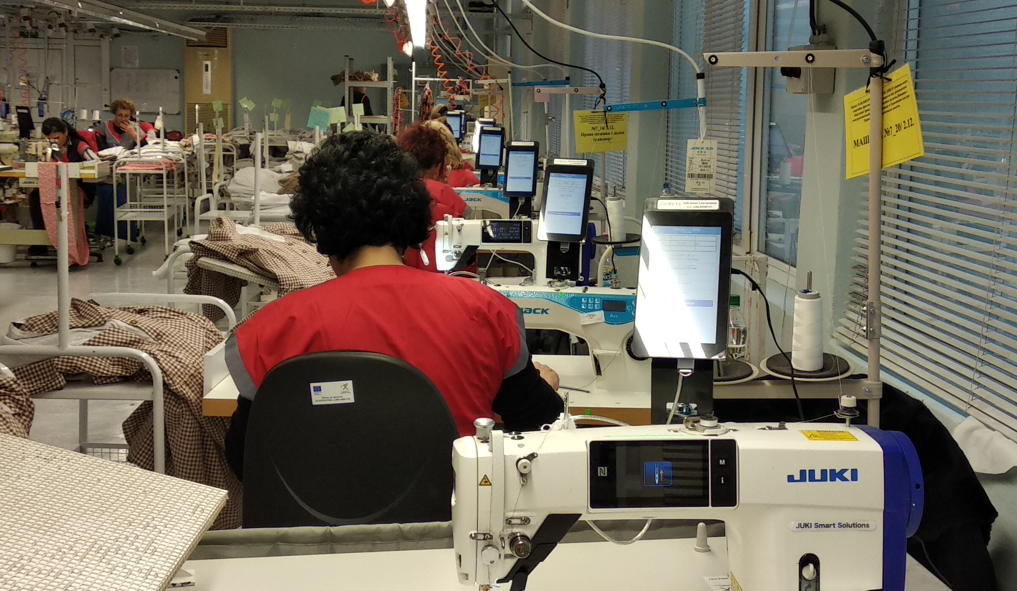
I am implementing shop floor control solutions in the garment manufacturing sector for more than a decade. We call our system shop floor control system (SFC system). A shop floor system is used in every manufacturing industry. But in general, how do we define a shop floor control system? Here it is.
Definition
A shop floor control system, also known as a manufacturing execution system (MES), is a software-based solution used in manufacturing environments to monitor, track, and control various aspects of production on the shop floor. It provides real-time visibility and control over the manufacturing processes, enabling efficient production management and optimization.
A shop floor control system works in 3 stages - In the first stage, the user prepares the data in the system, creates masters, and generates tags (RFID of Barcode). In the second stage, shop floor users capture production at the production stages and material transaction points through tag scanning. In the third stage, the system generates reports in pre-designed formats and KPI dashboards.
Here are some key features and functions of a shop floor control system:
1. Production monitoring:
The system collects real-time data from production equipment, machines, and sensors on the shop floor. It provides visibility into production status, machine utilization, performance, and other relevant metrics.
2. Work order management:
It helps manage and track work orders, including scheduling, prioritization, and allocation of resources. It ensures that the right jobs are assigned to the appropriate machines or workstations based on availability and capacity.
3. Shop floor production tracking
The system tracks the progress of each production order, capturing data such as start and end times, quantities produced, and any deviations or issues encountered during production.
4. Quality control
It supports quality management by enforcing quality standards, recording inspection results, and initiating corrective actions if deviations or defects are identified. It helps maintain product quality and compliance with specifications.
Read more about real-time quality control modules from various solution providers.
5. Inventory management:
The system provides inventory visibility by tracking raw materials, components, and finished goods on the shop floor. It helps optimize inventory levels, trigger reordering when needed, and prevent stockouts or excess inventory.
6. Equipment maintenance:
Shop floor control systems can integrate with maintenance management systems to schedule and track equipment maintenance activities, preventive maintenance tasks, and equipment downtime. This ensures equipment availability and minimizes disruptions to production.
7. Data analysis and reporting:
The system analyzes the collected data to generate reports and performance metrics, enabling managers to make informed decisions and identify areas for improvement. It may include production efficiency, cycle time, yield rates, and other key performance indicators.
8. Integration with other systems:
A shop floor control system often integrates with other enterprise systems, such as enterprise resource planning (ERP), supply chain management (SCM), and product lifecycle management (PLM) systems, to exchange data and synchronize processes.
Conclusion:
Overall, a shop floor control system helps manufacturers optimize production processes, reduce inefficiencies, improve quality, and enhance overall operational effectiveness. It provides real-time visibility and control over the shop floor, enabling better decision-making and increased productivity. Check this page to know about the shop floor control system used in the apparel manufacturing sector.
Related articles:
